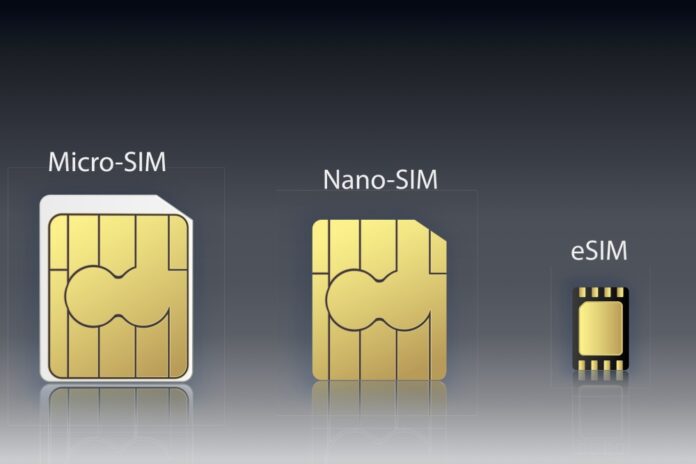The integrated SIM has none of the baggage of the eSIM, which is headed for the eMuseum
Vodafone, Qualcomm Technologies and Thales have created a new integrated SIM (iSIM) which runs the functions at the speed of a processor. It could help mobile operators run better services for end users, simplify rollouts and massively extend the scope and range of devices the services run on, according to Thales.
The iSIM, which complies with GSMA specifications, embeds SIM functions into the device’s main processor, allowing for greater system integration, higher performance and increased memory capacity, the inventors claim. This technology is the latest evolution of SIM technology and follows close in the wake of eSIMs, which are also are embedded into devices. However, while the eSIM does empower the customer the downside is that it requires a separate chip. The iSIM, on the other hand, doesn’t have that baggage. A separate chip is no longer necessary and removes the need for dedicated space assigned to SIM services.
With no baggage the iSIM flies further
iSIM technology creates the possibility for new mobile services to be integrated into devices beyond the mobile phone. The inventors claim they are extending the mobile experience to laptops, tablets, virtual reality systems, IoT devices and wearables and whatever the metaverse turns out to be.
The benefits include simplifying and improving both the design and performance of each device by releasing resources, such as processing power and memory. Consolidation of functions into the device’s main chipset alongside other critical resources such as the two processing units (GPU and CPU) and the modem makes the operating system more efficient and robust.
iSIM finishes work before eSIM is awake
An integration SIM can be provisioned remotely by the operator using the old eSIM infrastructure but with the power to add a whole new range of devices that eSIM technology couldn’t work with. Qualcomm’s release describes a proof of concept conducted in Samsung’s R&D labs using Vodafone’s advanced remote management platform.
A Samsung Galaxy Z Flip3 5G powered by a Snapdragon 888 is connected to a Vodafone 5G network. The device had a built-in Qualcomm secure processing unit running the Thales iSIM operating system.
Operators dream of seamless connection
“Our aim is to create a world where every device connects seamlessly and simply to each other and the customer has complete control,” said Alex Froment-Curtil, Vodafone’s chief commercial officer, “the iSIM, combined with our remote management platform, is a major step in this direction.”
Vodafone customers can enjoy the ease of multiple accounts on one device while operators won’t need separate SIM cards or the additional plastic pollution. “We will continue working closely with Qualcomm Technologies and Thales to evolve further applications for this technology and accelerate its commercialisation,” said Froment-Curtil.
iSIM saves operators time and money
The iSIM systems offer great opportunities to mobile operators, they free-up valuable space in devices for OEMs and provide flexibility for device users to benefit from the full potential of 5G networks and experiences across a wide range of device categories, according to Enrico Salvatori, Qualcomm Europe’s president for Europe/MEA. “By engineering the iSIM technology into the system on a chip, we create additional support for OEMs in our Snapdragon platform,” said Salvatori.
“With new types of networks and devices rolling out, innovation in SIM technology is essential to best serve the connected world,” said Emmanuel Unguran, SVPP for mobile connectivity solutions at Thales.



